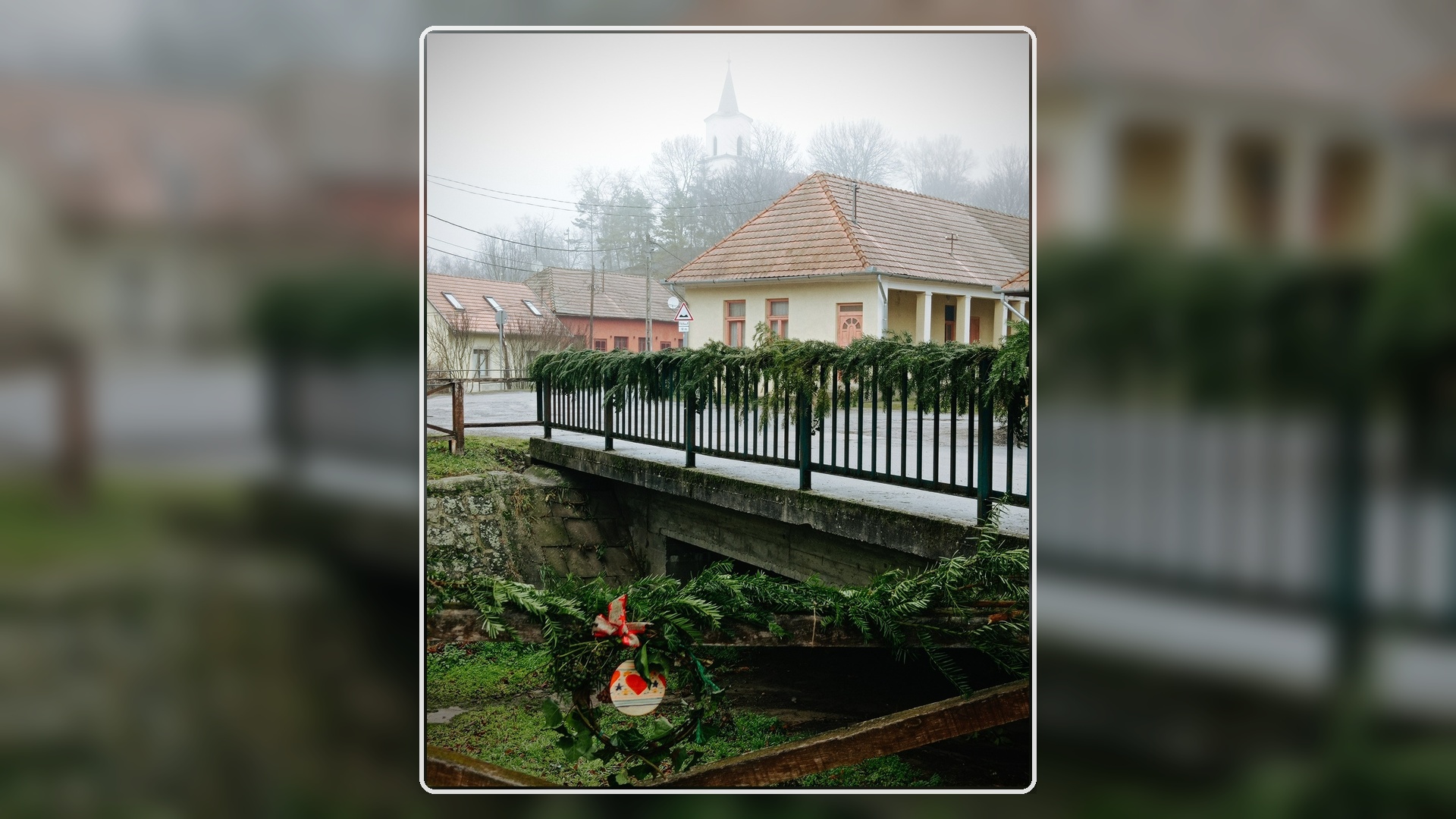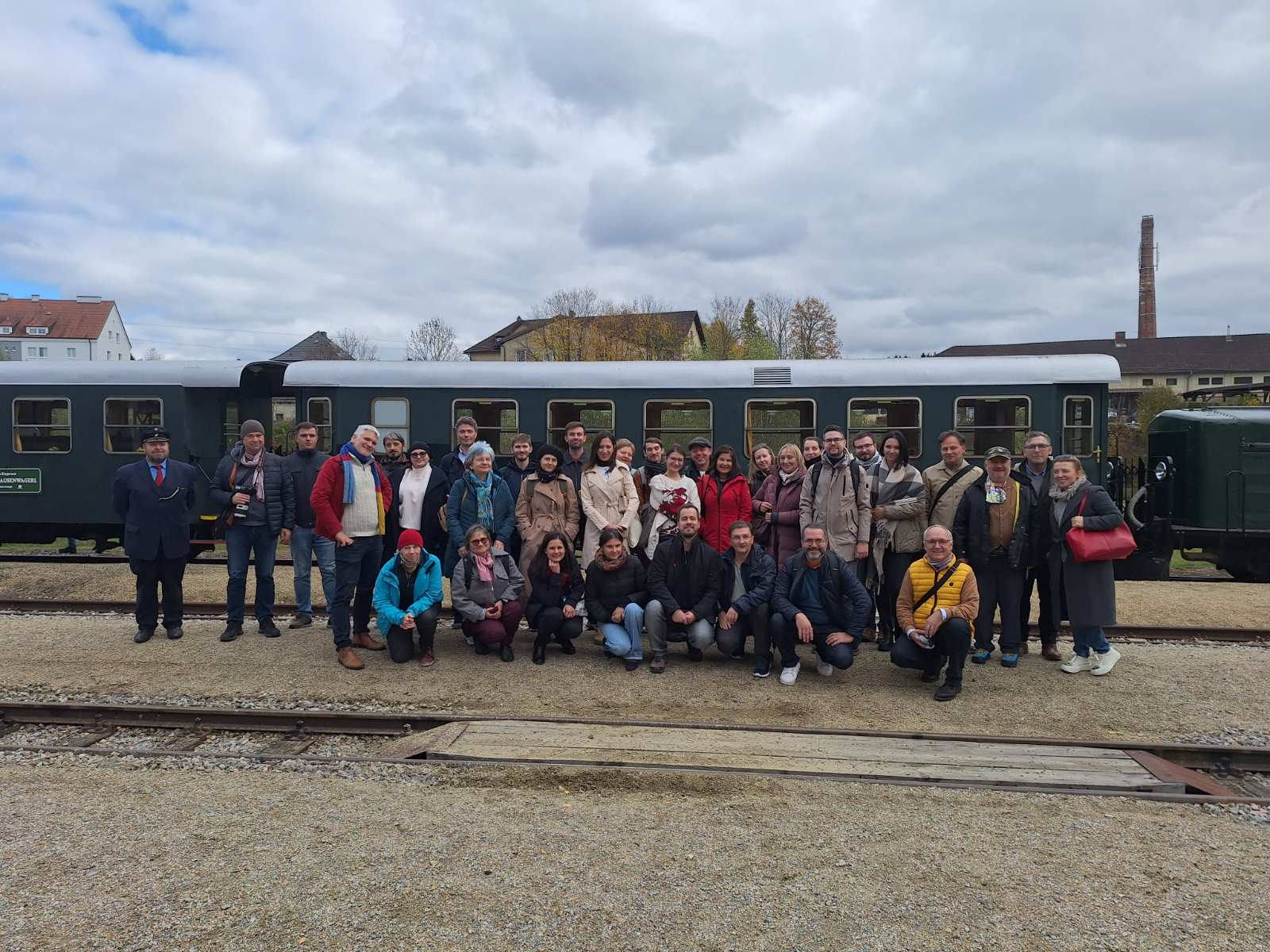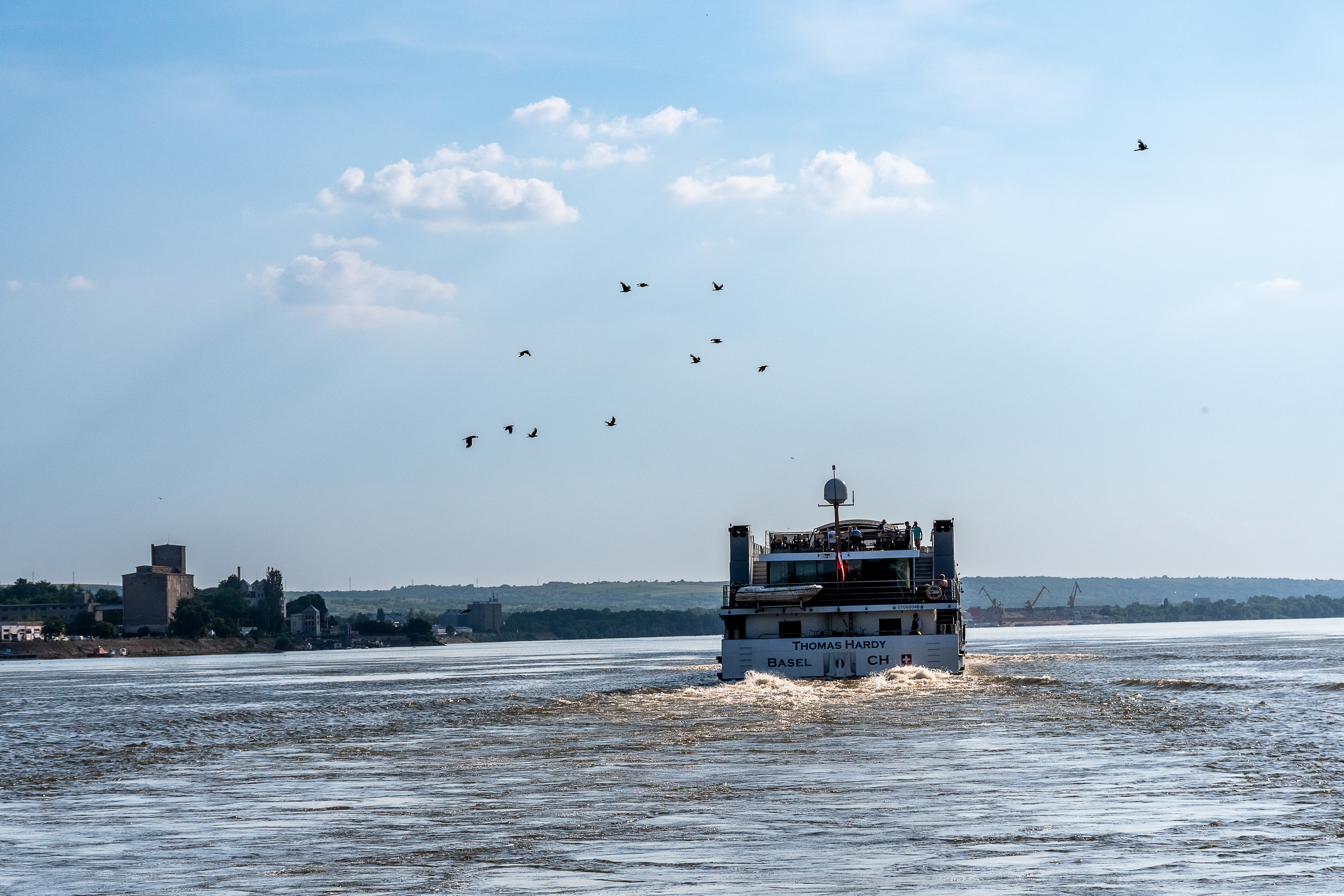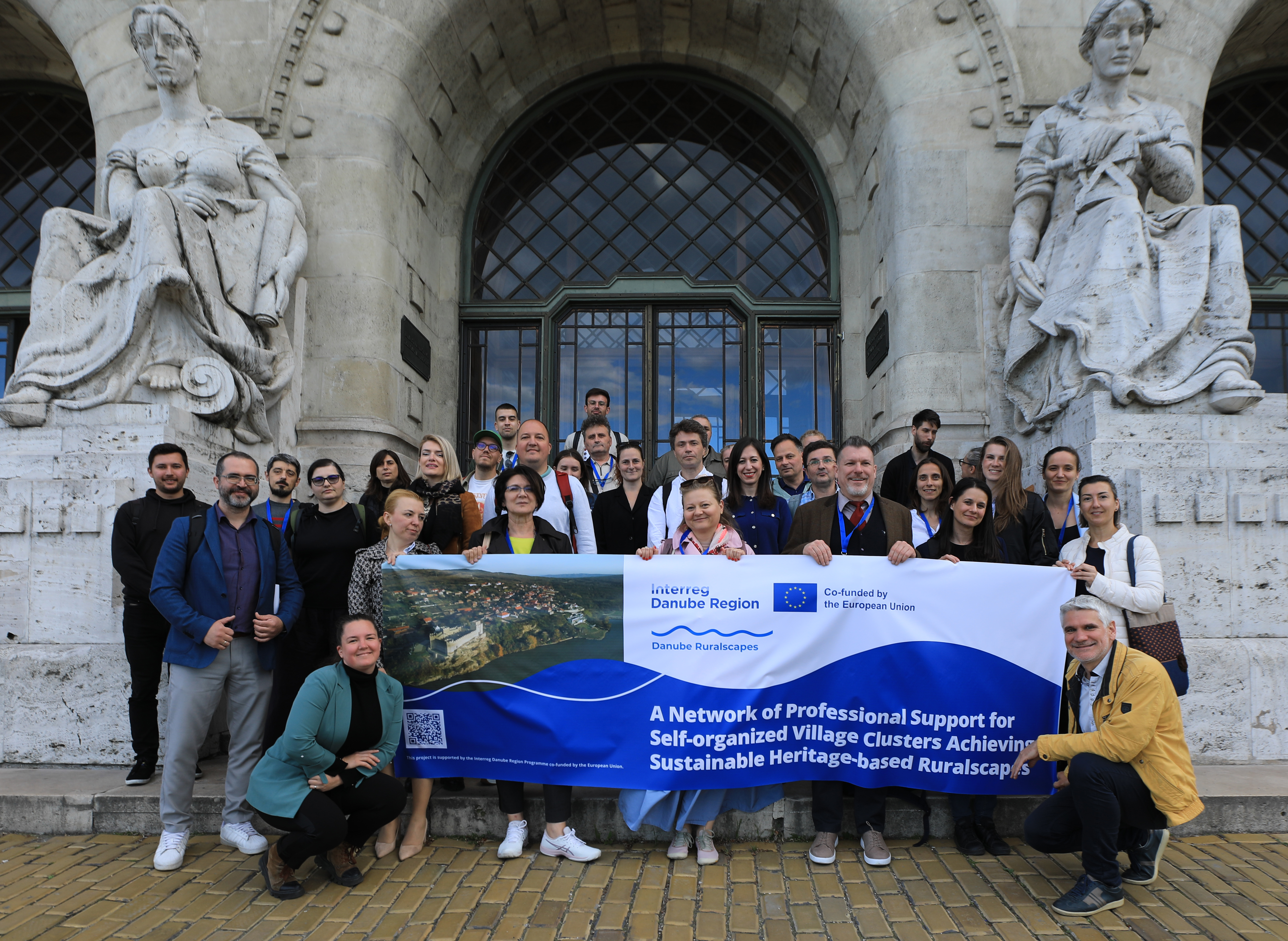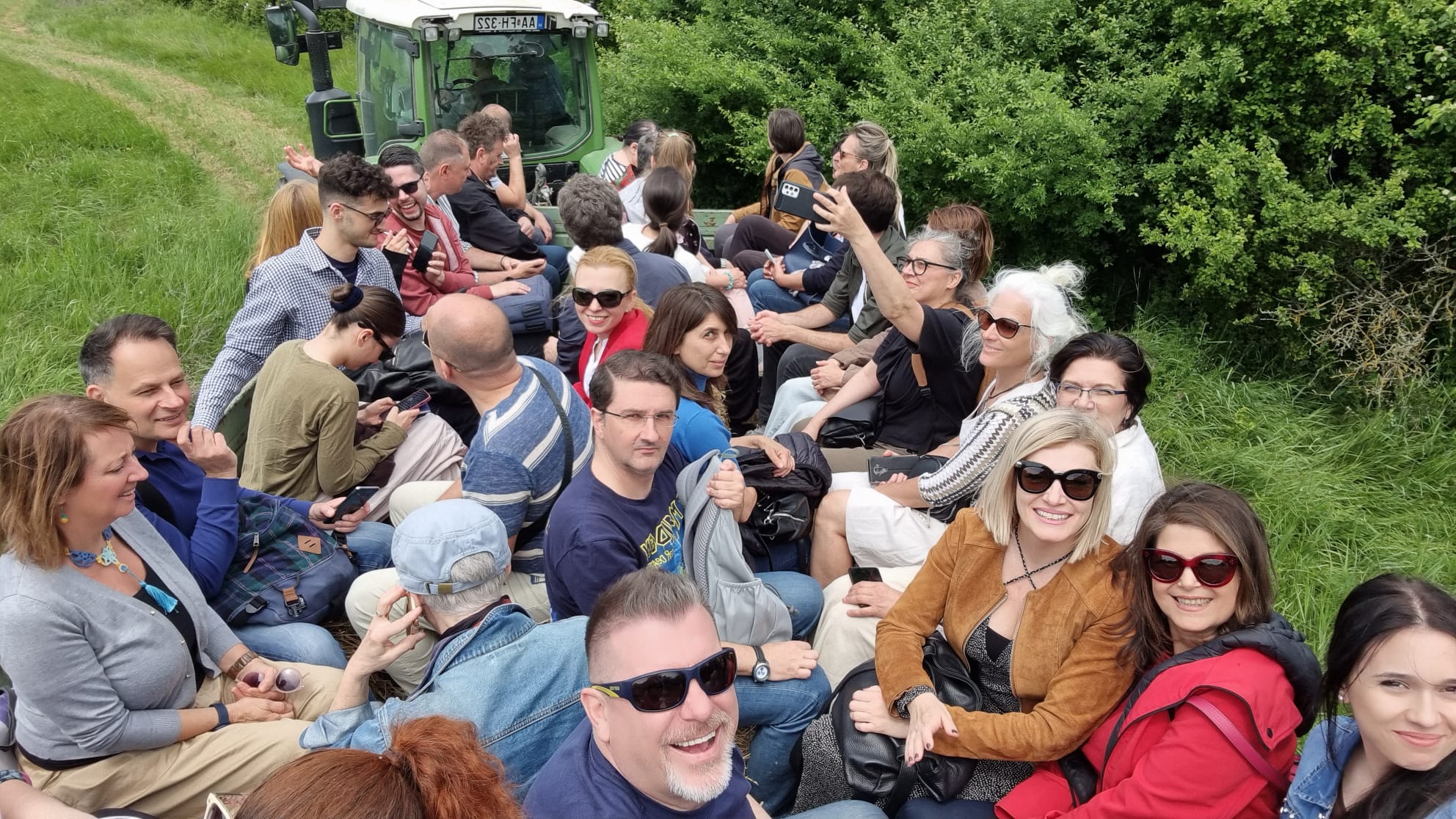
On the Trail of Good Practices
Danube Ruralscapes First Study Tour 2025
On May 30, 2025, we - the Danube Ruralscapes partners - embarked on our first study tour: a day devoted to exploring how rural communities thrive when local heritage, natural landscapes, and community efforts align. The tour was hosted by our Lead Partner, Budapest University of Technology and Economics, and our Partner, Pest County Municipality.
Starting early in Budapest, we travelled through the Central Ipoly Valley, Kemence, Nagybörzsöny, and Szob - each stop offering lessons about rural identity and the ties between traditional livelihoods and natural resources.
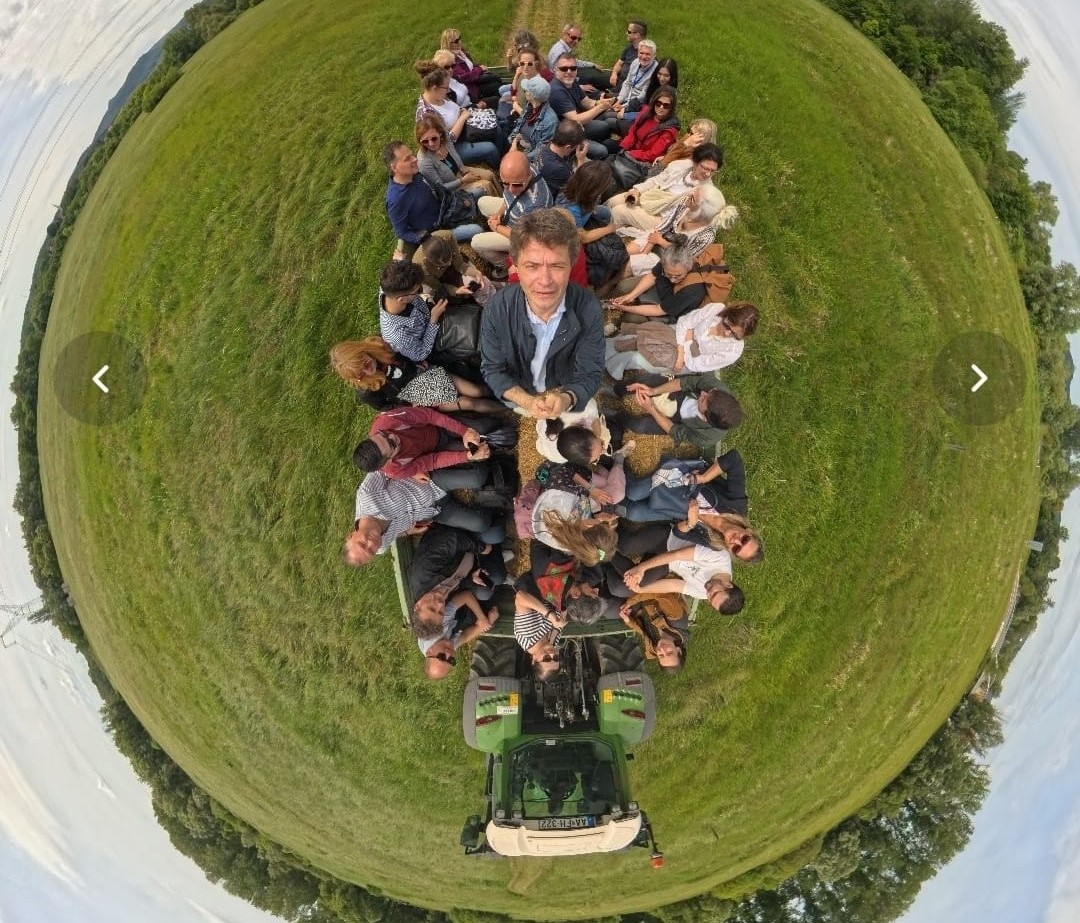
Central Ipoly Valley: Reviving a River Landscape
The tour began in the Central Ipoly Valley, one of Hungary’s most diverse natural regions, where rivers, hills, and flatlands meet inside the Danube-Ipoly National Park. The park covers the Pilis, Visegrád, and Börzsöny Hills, as well as parts of the Ipoly Valley and Szentendre Island. Over the past few decades, changes to the Ipoly River’s course have lowered groundwater levels in nearby villages and disrupted wildlife migration routes. Dams have also created barriers for fish migrating from the Danube, blocking them from their ideal spawning grounds.
But not all is lost - there’s a 30 km stretch between Ipolyszög and Hont that remains unregulated and has been under national protection since 1997. In 2001, it gained international recognition under the Ramsar Convention for wetland conservation.
We visited a large-scale habitat restoration project carried out from 2016 to 2021, co-financed by the European Regional Development Fund and the Hungarian Government. The initiative helped rehabilitate wetlands and supported the Ipolyvece grey cattle farm - a practical step bringing traditional agriculture back into harmony with the landscape.
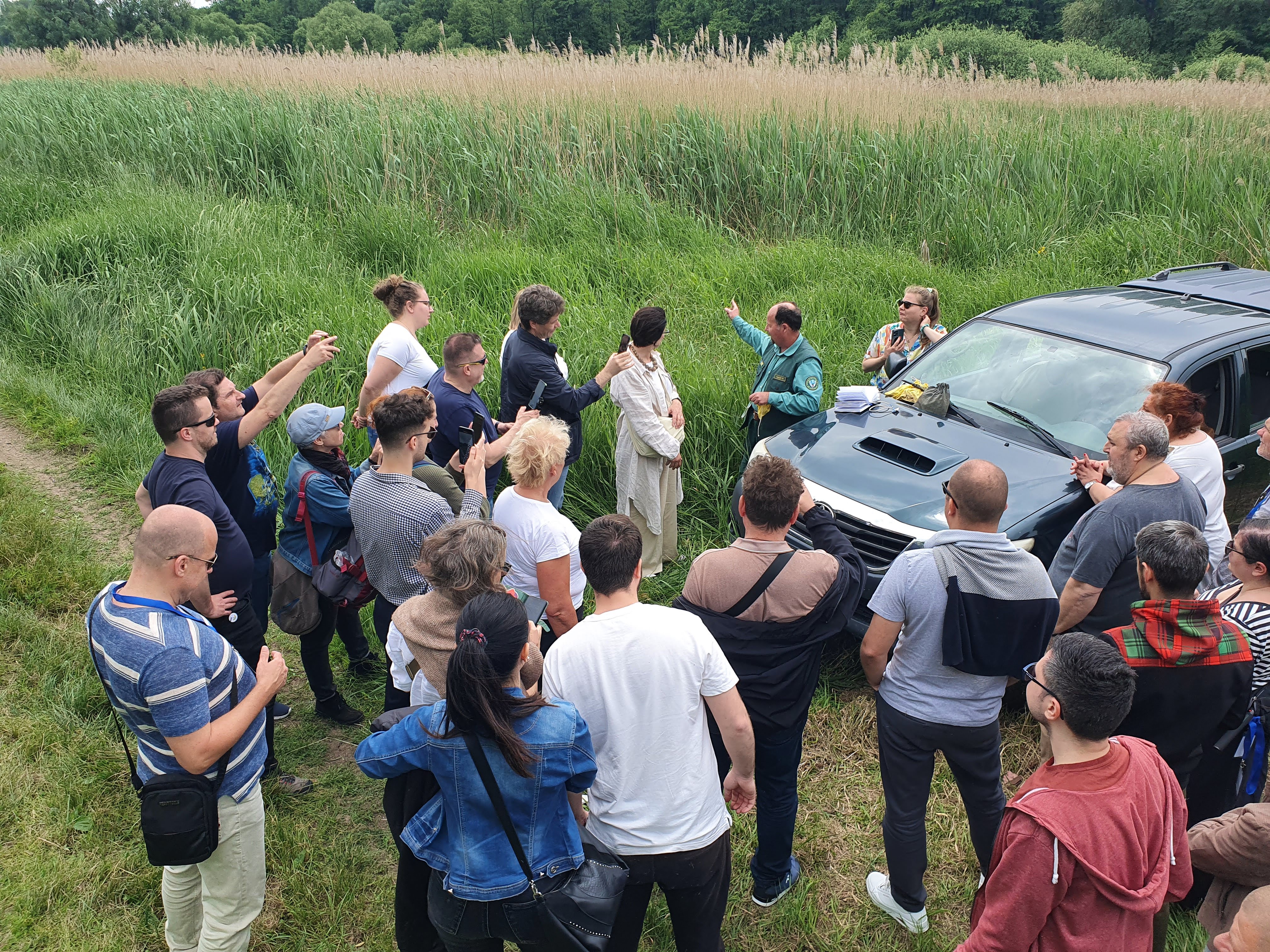
Kemence: Heritage Railway and Forest Memories
From the river valley, we moved deeper into the Börzsöny Mountains to visit Kemence, a tiny village surrounded by lush scenery and split in two by a stream of the same name, which eventually flows into the Ipoly.
Early records date back to the twelfth century, and in the mid-1600s, the Hont County assembly met here several times. Today, the village has a population of about 890. Kemence’s past is closely tied to forestry, especially in the early 20th century.
In 1910, a 600 mm narrow-gauge railway was built to transport timber from the mountains to the timber yard in the village. The railway thrived in the 1950s and '60s, providing jobs for hundreds. Today, the Kemence Little Railway lives on as a heritage line, preserving over a century of industrial history. Visitors can still see the original machinery, old wagons, and unique engineering tricks like gravity-powered returns. The restored museum also features a working forge, the first diesel locomotive, and a large collection of vintage chillers, wagons, and tools - all lovingly restored by the Friends of Small Trains Association.
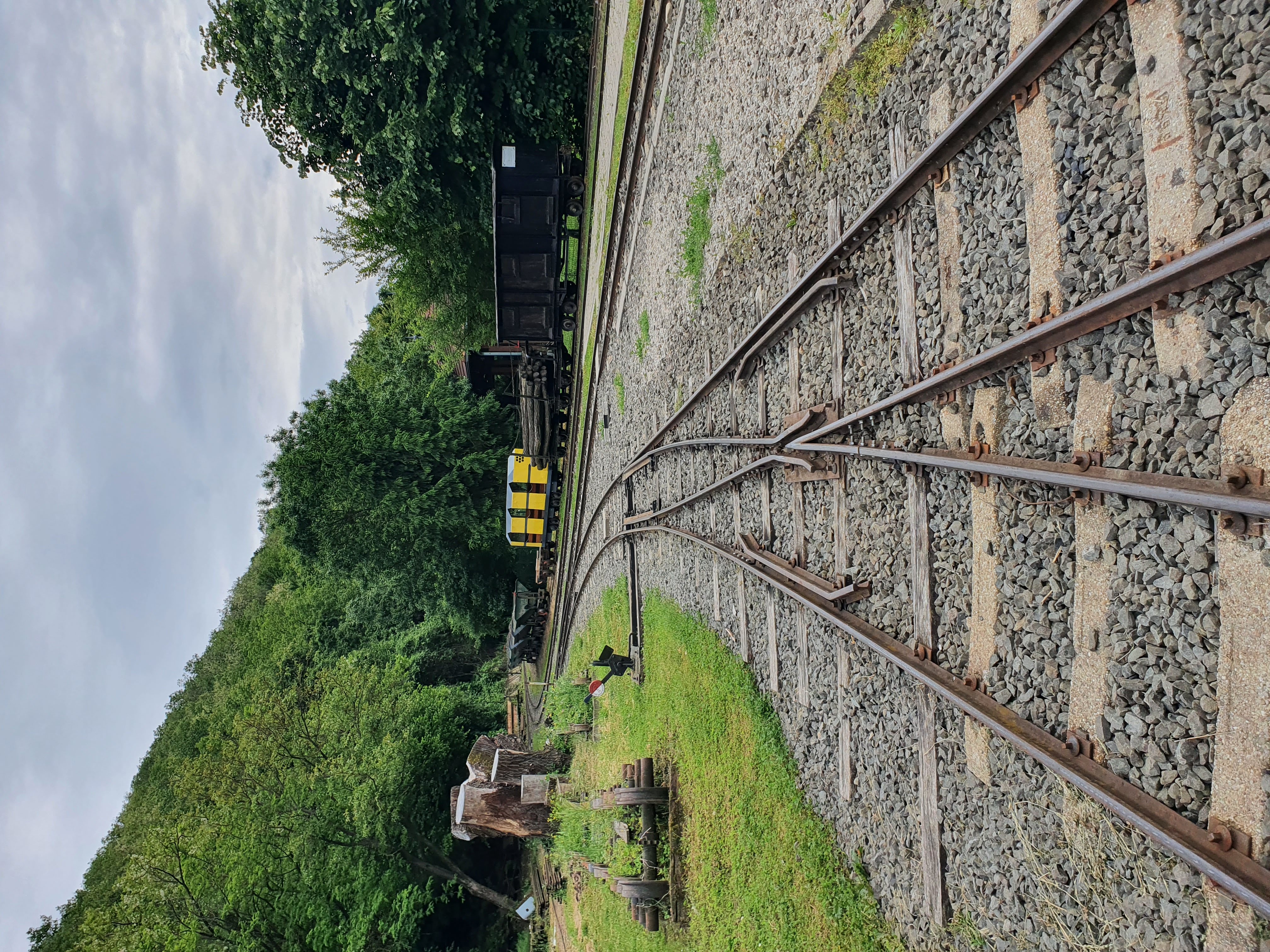
Nagybörzsöny: Tracing the Legacy of Mining and Milling
Our next destination was Nagybörzsöny, a village with medieval mining roots where Hungarians and German miners once extracted gold and silver. Mining continued here until operations halted during the Turkish occupation. It resumed in the late 1600s and continued into the 18th century, with several attempts to restart it in the 19th and 20th centuries. A major exploration effort in the 1990s uncovered ore deposits containing around 4 tonnes of gold.
Though mining activities came and went over the centuries, one landmark stands strong: the Nagybörzsöny Water Mill. Built in the mid-19th century by masons from Esztergom, it remains one of Hungary’s best-preserved stream mills. This three-story, gable-roofed structure includes the mill, a house, stables, and a coach house. Inside, much of the original machinery is intact: grinding equipment, sieves, screens, roller beds, serrated elevators, and the ancient millstone chute - a system dating back to Roman times.
Water once powered everything via a clever system of weirs and races, but due to climate change, the natural water supply is no longer sufficient. Today, the mill runs on groundwater pumped from beneath the site to keep things in motion.
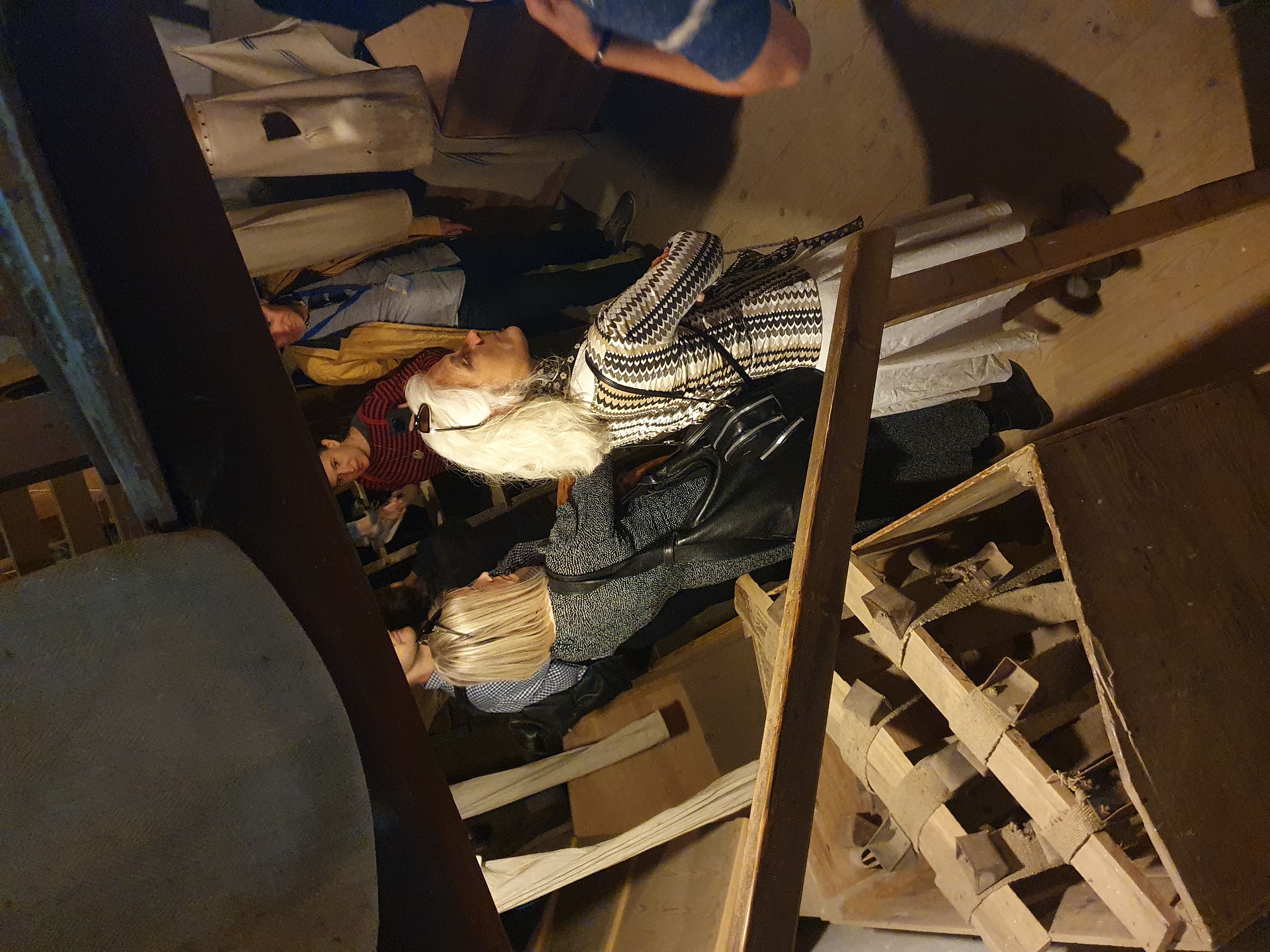
Szob: A Border Town Embracing New Ideas
Our tour ended in Szob, where the Danube meets the Ipoly. First mentioned in 1280, it was resettled in the 18th century by Slovak families after the Turkish period. Szob was part of Hont County until 1923, and eventually became part of Pest County in 1950. This small town has reinvented itself in recent decades, shifting from berry processing to a new focus on tourism and local culture. Surrounded by Natura 2000 sites and national park land, Szob is now a quieter gateway to the Danube Bend for cyclists and visitors alike.
The EuroVelo 6 cycling route runs through town, supporting active tourism. Szob also holds a strategic spot on the railway between Budapest and Bratislava, with the station and its historic buildings - including old water towers for steam locomotives - defining the town’s layout.
One standout initiative is the “ToronySzoba” (Tower Room) project. This grassroots effort by local entrepreneurs has turned one of the old railway water towers into a unique guesthouse and cultural space. Art exhibitions, small concerts, and food events now fill this once-forgotten industrial relic, showing how small-scale, community-driven projects can spark new opportunities.
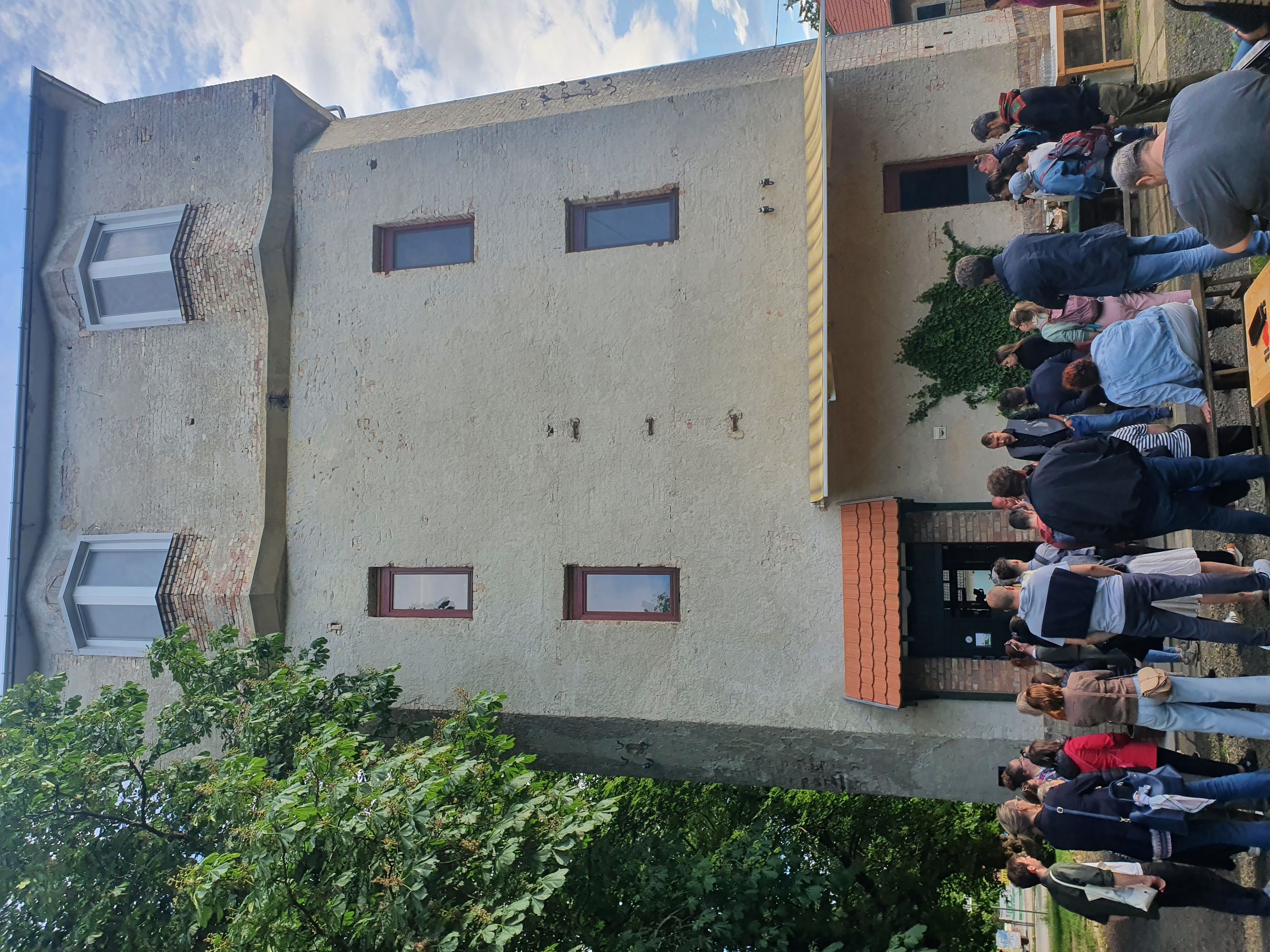
Lessons to Take Home
Our study tour was more than a day of sightseeing - it was a chance for us - the partners and local stakeholders - to see how communities are reconnecting their built heritage and natural landscapes with modern rural life. These examples will help shape the Danube Ruralscapes pilot activities in seven micro-regions across six countries, bringing innovative ideas for keeping rural identity alive in the face of climate, demographic, and economic challenges.
The Danube Ruralscapes project- supported by the Interreg Danube Region Programme - continues its journey by turning local lessons into practical tools for villages that want to thrive without losing what makes them special. Follow us at #DanubeRuralscapes.
Shaping the Future of Rural Settlements – Sustainably, Together!
The article was developed with insights from Pest County Municipality, Hungary.
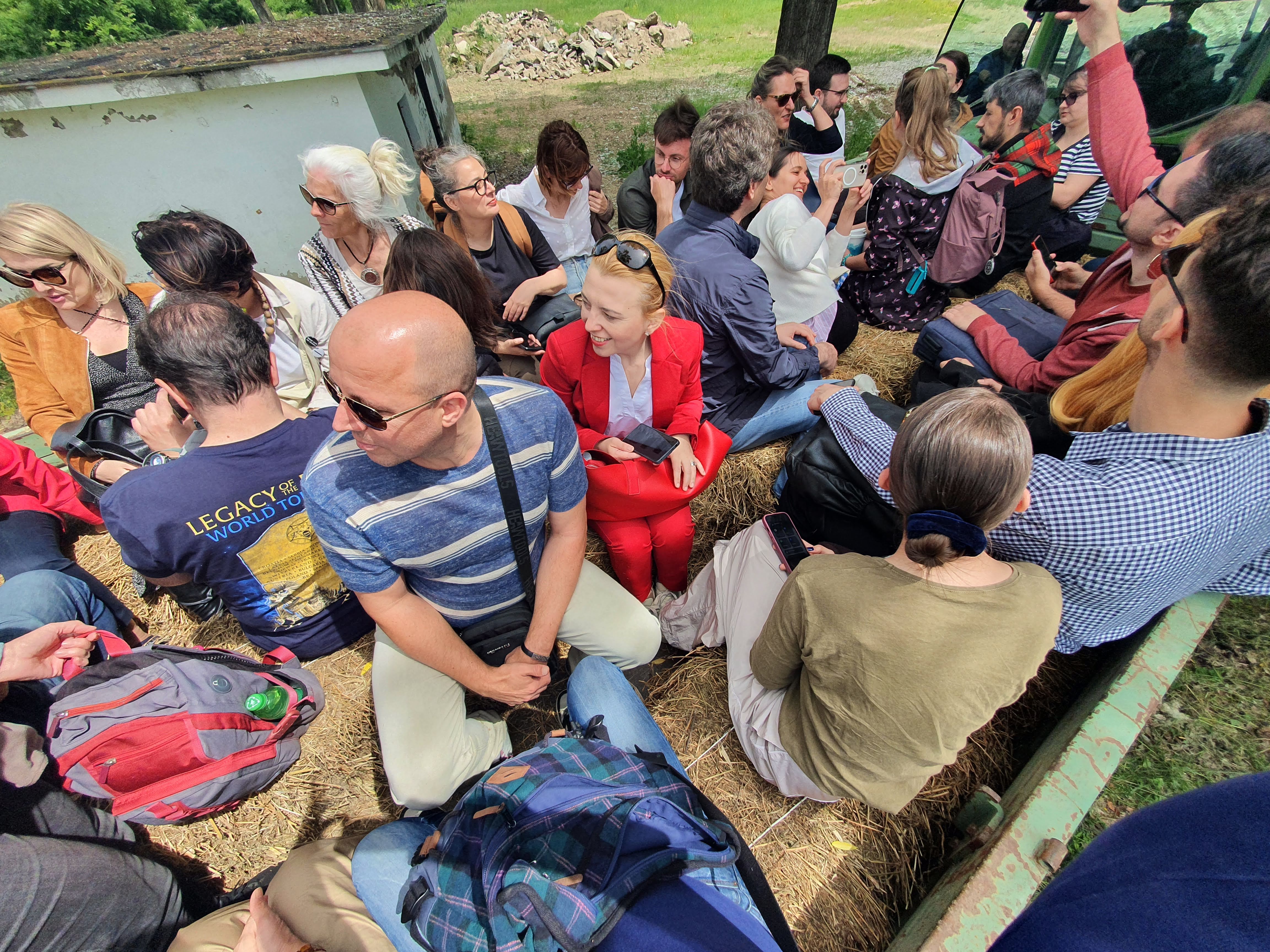
News & Events
Read the most recent updates and explore the upcoming events.

